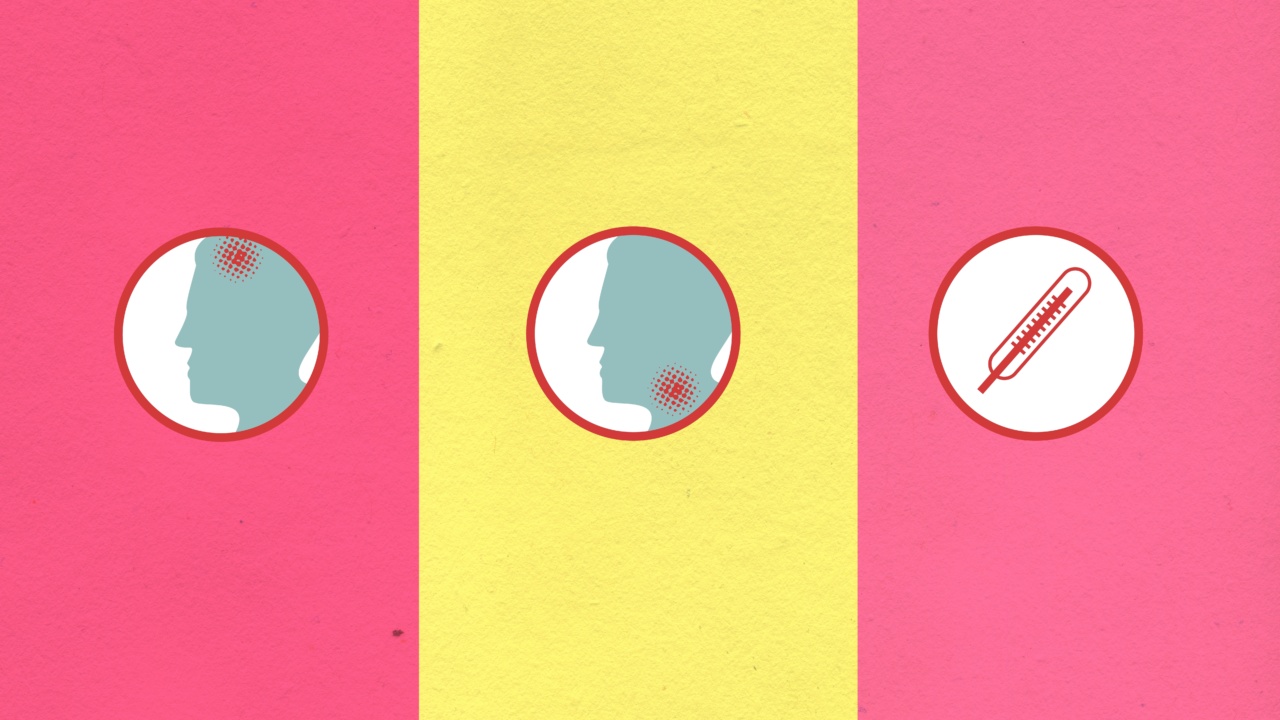When you experience a scratchy, painful throat, it can be quite uncomfortable and disruptive to your everyday life.
While a sore throat is a common occurrence, it is essential to understand the difference between a regular sore throat and one caused by strep throat. Identifying the cause of your symptoms is crucial for proper treatment and management. In this article, we will explore the characteristics, causes, symptoms, and treatment options for both a sore throat and strep throat.
What is a Sore Throat?
A sore throat refers to the irritation, pain, or scratchiness in the throat that is typically caused by inflammation of the pharynx, tonsils, or larynx.
It is a common symptom associated with various viral and bacterial infections, as well as other underlying conditions such as allergies, dry air, pollution, or smoking. The primary cause of a sore throat is viral infections, including the common cold, influenza, or mononucleosis.
Causes of Sore Throat
There are several causes of a sore throat:.
1. Viral Infections: As mentioned earlier, viral infections like the common cold or flu are the leading cause of a sore throat. 2. Bacterial Infections: While less common, bacterial infections like strep throat can also cause a sore throat. 3. Allergies: Allergic reactions to substances such as pollen, pet dander, or certain foods can lead to a sore throat. 4. Dry Air: Breathing dry air, especially during the winter months when indoor heating is used, can cause throat dryness and irritation. 5. Environmental Factors: Exposure to air pollution, cigarette smoke, or chemicals can irritate the throat and lead to soreness. 6. Gastroesophageal Reflux Disease (GERD): Acid reflux from the stomach into the throat can cause symptoms of a sore throat. 7. Trauma or Injury: Excessive yelling, throat clearing, or singing can strain the throat muscles, leading to discomfort.Symptoms of a Sore Throat
The symptoms of a sore throat can vary depending on the cause and individual. Common symptoms include:.
1. Pain or a scratchy sensation in the throat 2. Difficulty swallowing or talking 3. Redness or inflammation in the throat 4. Swollen tonsils or lymph nodes 5. Hoarseness or raspy voice 6. Coughing or sneezing 7. Headache or body aches 8. Fever (may or may not be present)Treatment for a Sore Throat
Most sore throats caused by viral infections tend to resolve on their own within a few days to a week. However, there are several home remedies and over-the-counter treatments that can help alleviate symptoms and promote faster healing:.
1. Resting and staying hydrated: Getting plenty of rest and drinking fluids can help soothe the throat and enhance recovery. 2. Gargling with warm saltwater: Mixing half a teaspoon of salt in warm water and gargling several times a day can reduce throat inflammation and provide temporary relief. 3. Using throat lozenges or sprays: Over-the-counter throat lozenges or sprays can provide temporary relief from throat pain and irritation. 4. Avoiding irritants: It is crucial to avoid exposure to smoke, chemicals, or other irritants that can further aggravate the throat. 5. Using a humidifier: Adding moisture to the air with the help of a humidifier can prevent throat dryness and alleviate discomfort. 6. Pain relievers: Over-the-counter pain relievers such as ibuprofen or acetaminophen can help manage throat pain and reduce inflammation.What is Strep Throat?
Unlike a regular sore throat, strep throat is caused by a specific strain of bacteria known as group A Streptococcus. Strep throat is considered a highly contagious infection that primarily affects the throat and tonsils.
It is most commonly seen in children but can also occur in adults.
Causes of Strep Throat
Strep throat is caused by the group A Streptococcus bacteria. It can be spread through respiratory droplets when an infected person coughs or sneezes.
The bacteria can also be transmitted through sharing food, drinks, or utensils with an infected individual. Crowded environments like schools or daycare centers can increase the risk of strep throat transmission.
Symptoms of Strep Throat
Strep throat has its own distinct set of symptoms that differentiate it from a regular sore throat:.
1. Sudden and severe sore throat 2. Difficulty swallowing 3. Red and swollen tonsils, often with white patches or streaks of pus 4. Tender or swollen lymph nodes in the neck 5. Fever over 101°F (38.3°C) 6. Headache and body aches 7. Nausea or vomiting, especially in children 8. Rash (scarlet fever) in some casesTreatment for Strep Throat
Strep throat is typically treated with antibiotics to eradicate the bacteria and prevent complications. Antibiotics prescribed by a healthcare professional can significantly reduce symptoms and shorten the duration of the illness.
It is crucial to complete the full course of antibiotics as prescribed, even if symptoms improve, to prevent recurrence or antibiotic resistance.
In addition to antibiotics, the following self-care measures can help manage strep throat:.
1. Resting and staying hydrated: Adequate rest and fluid intake can support the body’s healing process and relieve symptoms. 2. Gargling with warm saltwater: Similar to treating a regular sore throat, gargling with warm saltwater can alleviate inflammation and provide temporary relief. 3. Over-the-counter pain relievers: Nonsteroidal anti-inflammatory drugs (NSAIDs) like ibuprofen can help reduce pain and fever associated with strep throat. 4. Using a humidifier: Keeping the air moist with a humidifier can prevent throat dryness and discomfort. 5. Avoiding contact with others: Since strep throat is highly contagious, it is essential to avoid close contact with others until at least 24 hours after starting antibiotics.Conclusion
Understanding the difference between a sore throat and strep throat is crucial for proper diagnosis and treatment. While a sore throat can be caused by various factors, strep throat specifically occurs due to a bacterial infection.
Identifying the specific symptoms and causes of your throat discomfort will help you seek appropriate medical attention and receive the necessary treatment.


























